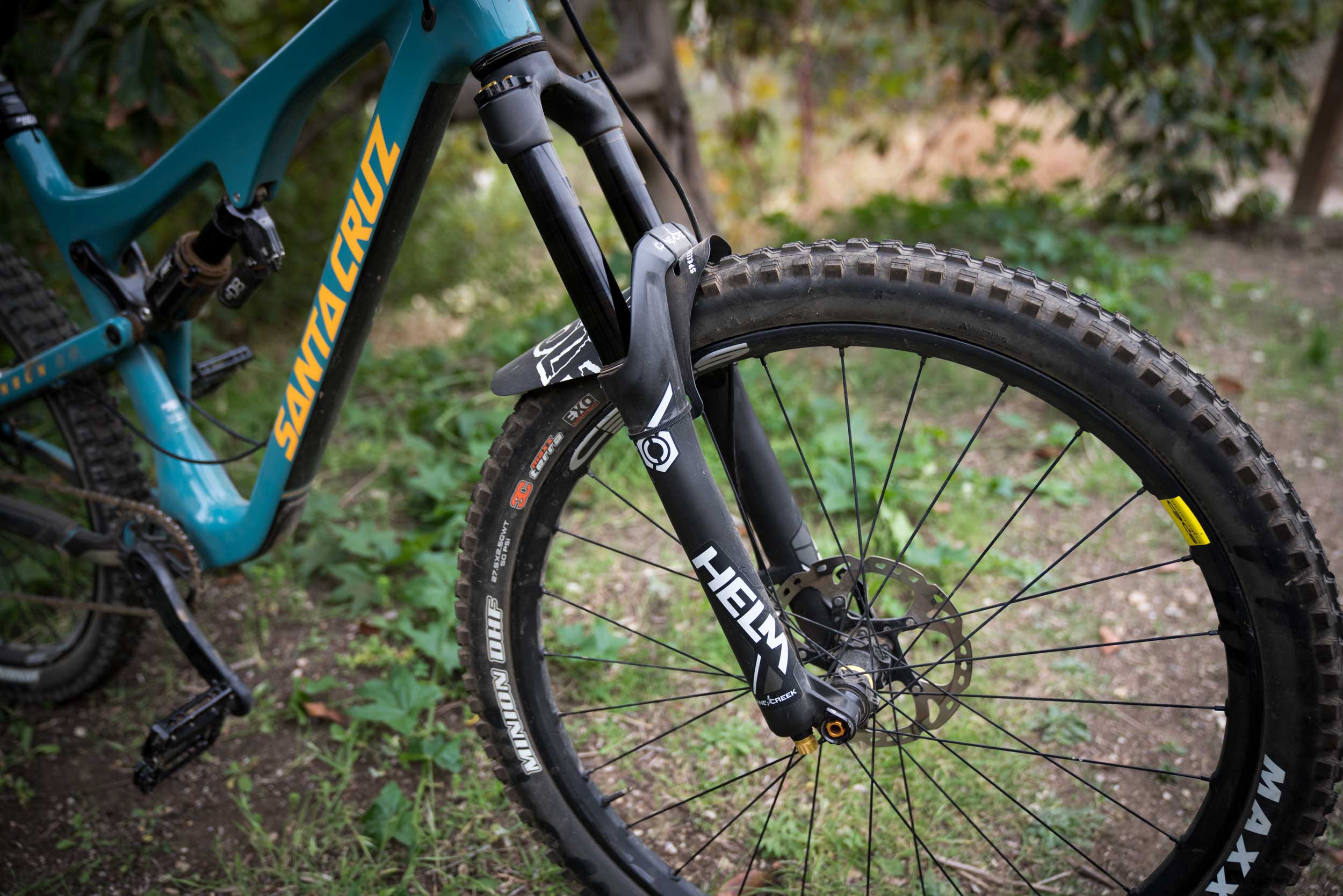Cane Creek Suspension Upgrade
Helm Fork and DBair CS Shock
Words & Photos Chili Dog
Most bikes are pretty capable from the factory these days, but even on a top of the line build, suspension upgrades can still yield some pretty impressive gains. Our test mule, a Santa Cruz Bronson, has been through the ringer and though the factory spec suspension was decent, it was tired and we figured there was room for improvement.
Cane Creek sent over their latest HELM Air fork and DBAir CS rear shock for us to try. While we used a Santa Cruz, this suspension upgrade review will ring true for anyone looking to up the performance of their ride with top of the line Cane Creek goodies. Few bolt on installs will yield the ride change that a suspension swap will. While Cane Creek may not have the marketing budget or status that Fox and Rock Shox do, we’ve always been impressed with their product’s tunability and performance.
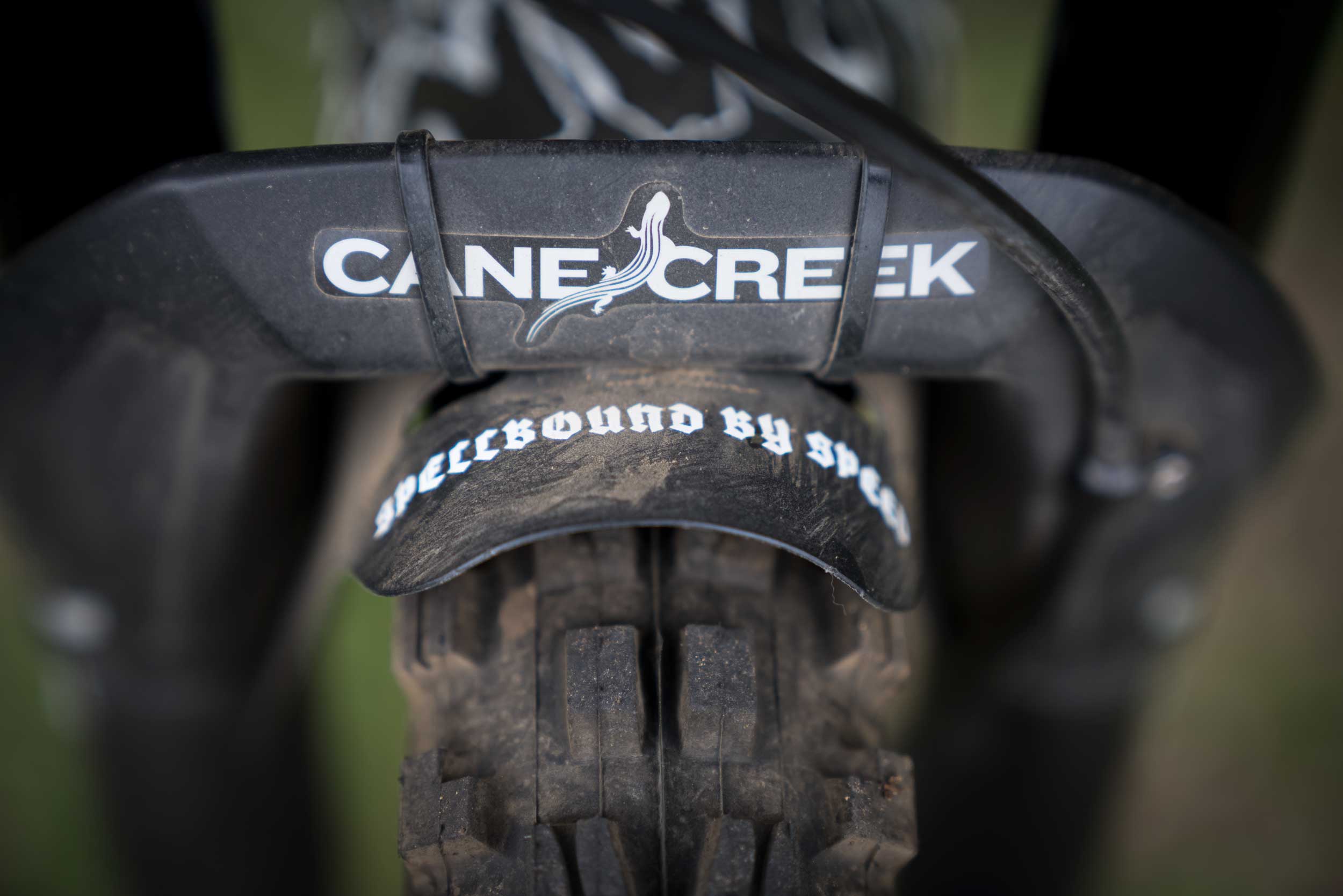
The Lab
HELM Fork
According to Andrew Slowey, from Cane Creek’s marketing team, the HELM was born from “five years of development, which lead to the investment of an entirely new R&D lab, several new testing machines, including a 300 foot-per-second dyno, new material sourcing, quality control, and a meticulous hand assembly processes.”
The 4.43lb fork is built around 35mm stanchions, with travel ranging from 100-170mm. That travel is internally adjustable in 10mm increments. Slowey went on to say, “Cane Creek invested a lot of time and energy into the HELM’s Chassis. Countless hours spent in the Pisgah Forest and the lab allowed us to offer a fork that we are very proud of. We’re confident it will improve the trackability of any bike you bolt it to.”
Part of that delicate balance between compliance and stiffness was achieved using their proprietary D-LOC axle system. Aside from holding the wheel in place, it provides additional structural support by preventing rotational and torsional loads from being translated to the upper bushings in high compressions or g’d out corners. While some brands try to complicate axle systems, Cane Creek’s D-LOC is familiar and easy to use while also providing a structural role in the chassis.
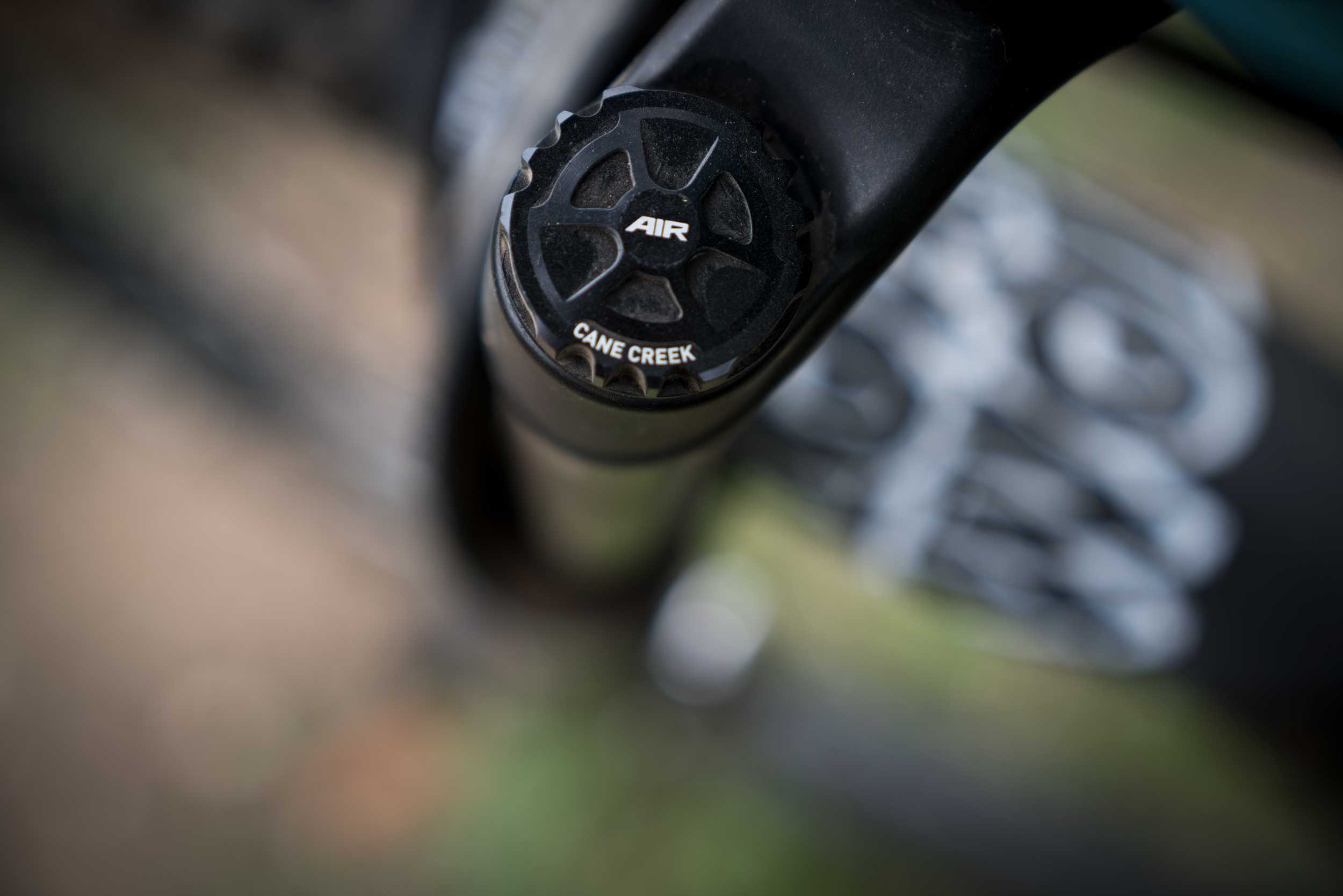
The fork comes in either air or coil sprung versions. We opted for the air sprung model due to its flexibility in handling various test rider’s weights with ease. A monotube damper with high/low speed compression and rebound adjustments control the fork’s movements. Setting the fork apart from the competition is a manually adjustable negative air spring that lets riders set individual pressures for the positive and negative air chambers. This allows the user to dial in small bump sensitivity. Slowey explained, “The HELM’s air spring is constructed almost entirely of hard anodized metal and features a large manual negative air charging system that decreases the initiating force required to actuate the fork. HELM Air’s manual negative air adjustment doesn’t require the piston to pass over a dimple to charge the negative air spring. This means bike shops can stock 1x HELM Air 27.5, which can be adjusted and fitted within 15 minutes to a large range of trail and enduro bikes that may walk through the door.” Slowey further explained “It’s a simple solution too, if you ever plan to change bike frames and want to keep your expensive fork. In addition, the progressivity of the fork can be controlled internally by sliding the volume-reducing piston up or down. If a completely linear feel is desired, the piston can be removed entirely.
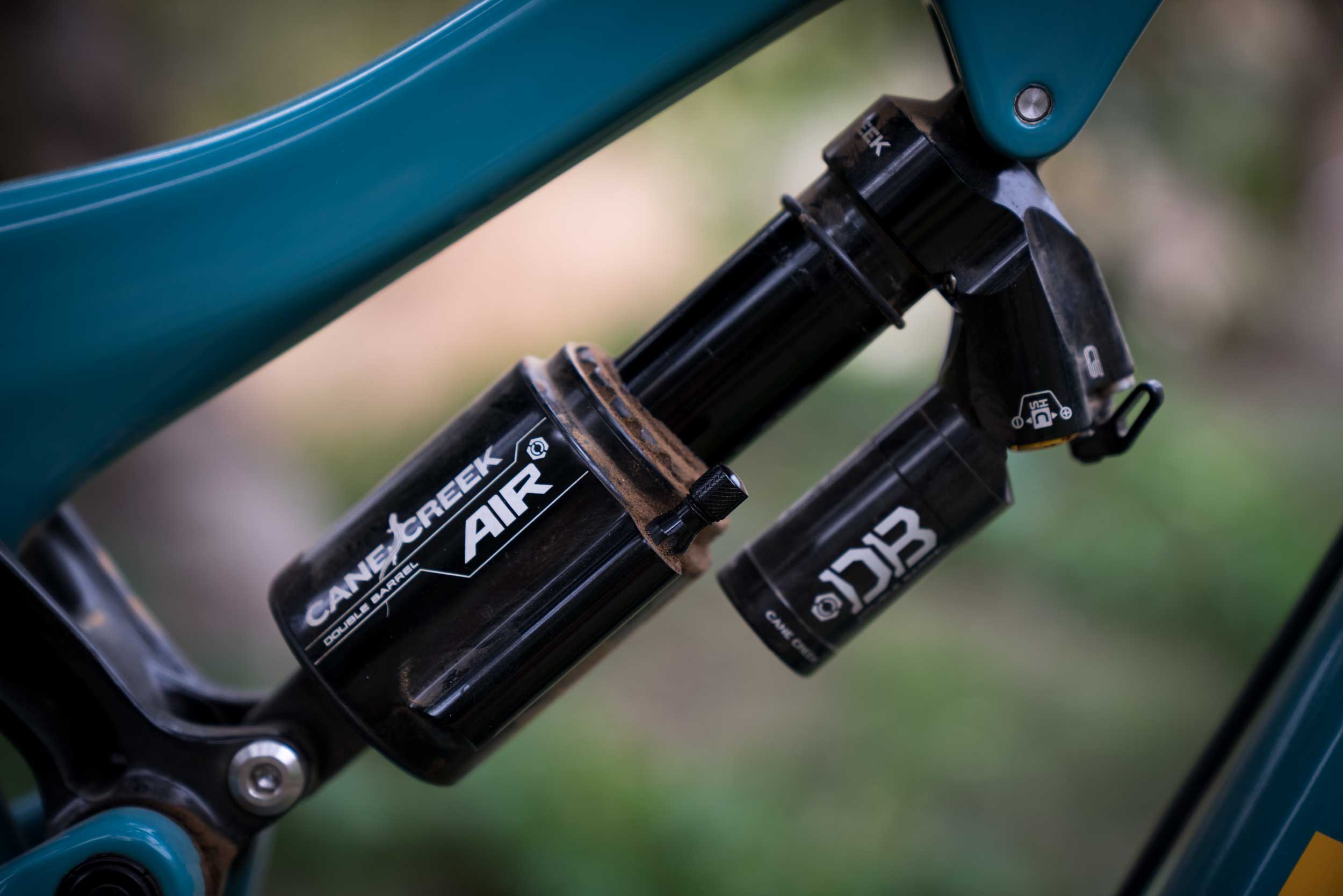
DBAir CS Shock
While this shock isn’t new, its tunability and performance continue to make it one of our favorite options on the market. The twin tube damper offers adjustability of the low/high speed rebound and compression circuits. It also has a Climb Switch that works on the low-speed circuits.
The benefit of a single tube damper is that it allows independent damping for both compression and rebound strokes. The design moves oil through externally adjustable valving instead of the main piston, offering better adjustment and eliminating internal valving. Cane Creek offers the shock in several lengths and with differing base tunes to maximize performance with the suspension kinematics on different bikes.
Interestingly, most shocks come from Cane Creek with their neutral base tune, and they encourage customers to tinker with the settings themselves. Accoring to Slowey, “Cane Creek also provides the resources and tools to the rider so they have the confidence and knowledge to make adjustments to improve their ride. Some of those resources and tools include; Our Certified Service Centers, Customer Service Team, the DIALED app, a Cane Creek Influencer, and our Tuning Field Guide.” Don’t be scared though. In a few minutes time and without any manuals we had our rear shock feeling better than anything from the factory.
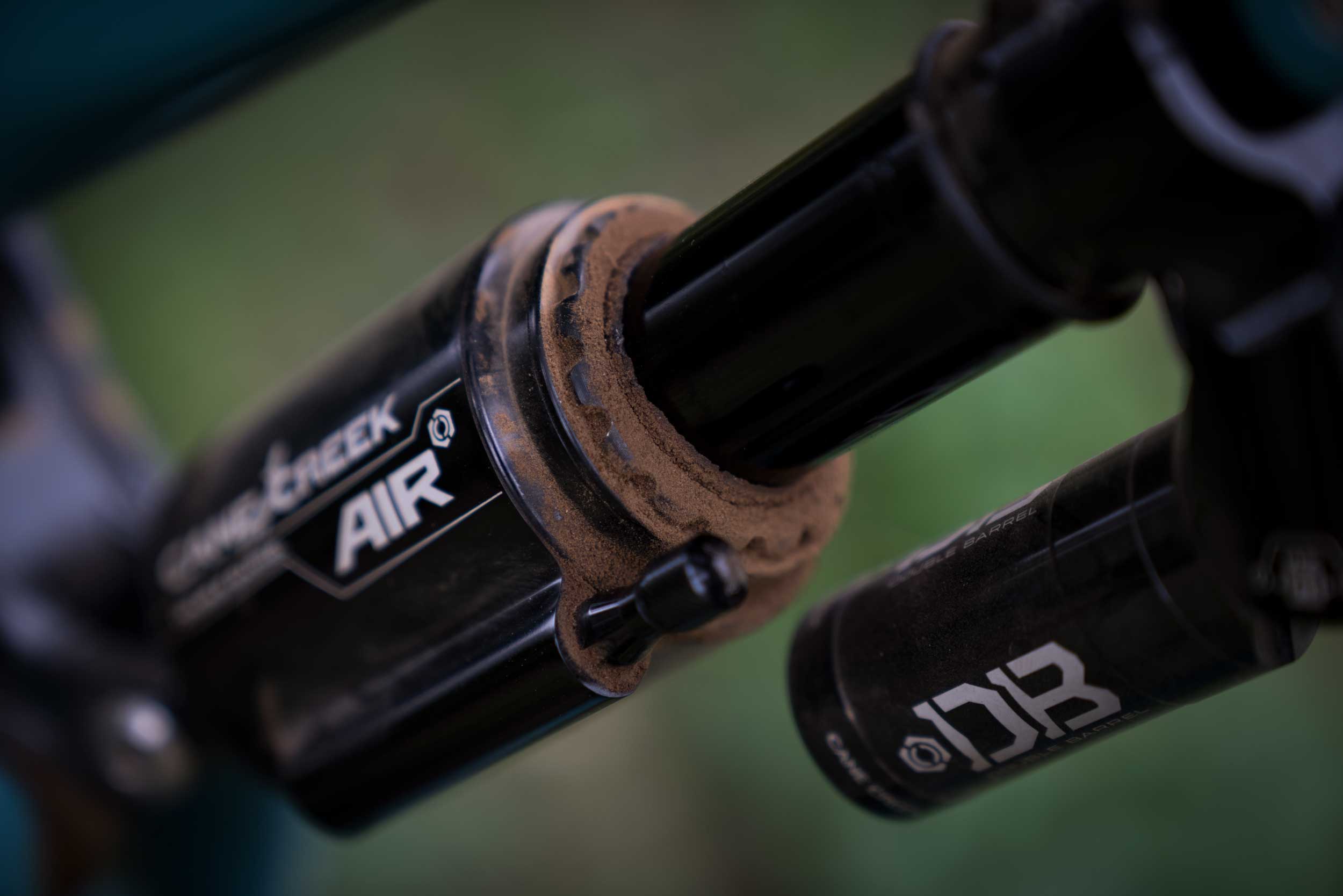
Set Up
Installation is as simple as any other bolt on part installation. The shock mounts up with the same hardware as the Santa Cruz spec’d shock. After setting pressure to the recommended levels based on weight and sag (Cane Creek recommended 17mm sag for our Bronson) the shock is good to go. We chose to start with Cane Creek’s base tune and prepared to tweak from there.
The fork is slightly more involved since it requires cutting the steer tube, installing a star flange and transferring the headset bearing race to the new fork. Cane Creek is nice enough to provide a new gold top cap, which looks pretty snazzy. Next, the main air chamber pressure is set depending on the rider weight. Cane Creek recommends half of your body weight. After that, pressure must be equalized in the negative air chamber by depressing bottom bleed valve. Cane Creek recommends 15-20% sag on the Helm Air.

The Dirt
Having ridden several Bronson’s equipped with factory spec’d Rock Shox and aftermarket Fox suspension, we had a solid bench mark to test our new set up against. The Cane Creek combo quite literally created a new bike out of the Bronson. Historically, we struggled with the factory rear shock’s inability to balance performance on rocky chatter and big hits. We were often forced to choose one or the other even after air chamber volume reduction to add progressivity.
With the DBAir CS shock and Helm fork, we were able to send sections of trail faster and smoother than ever before. A bike that used to skip over rocks now swallowed them whole, and the precision control over the fork and shock’s damping circuits and air chambers let us fine-tune everything to our liking. Rebound, compression, beginning, mid and end stroke changes can all be made. It’s a tinkerer’s dream.
Exquisite suppleness and an unmatched sensitivity await those willing to dial in their set up. The HELM’s negative air spring is a particularly powerful tool that can be finicky to set up initially, but rewards you with incredible results. Take the time to fine tune it for your riding weight and style and in return receive ground tracing sensitivity you never though was possible at proper sag heights.
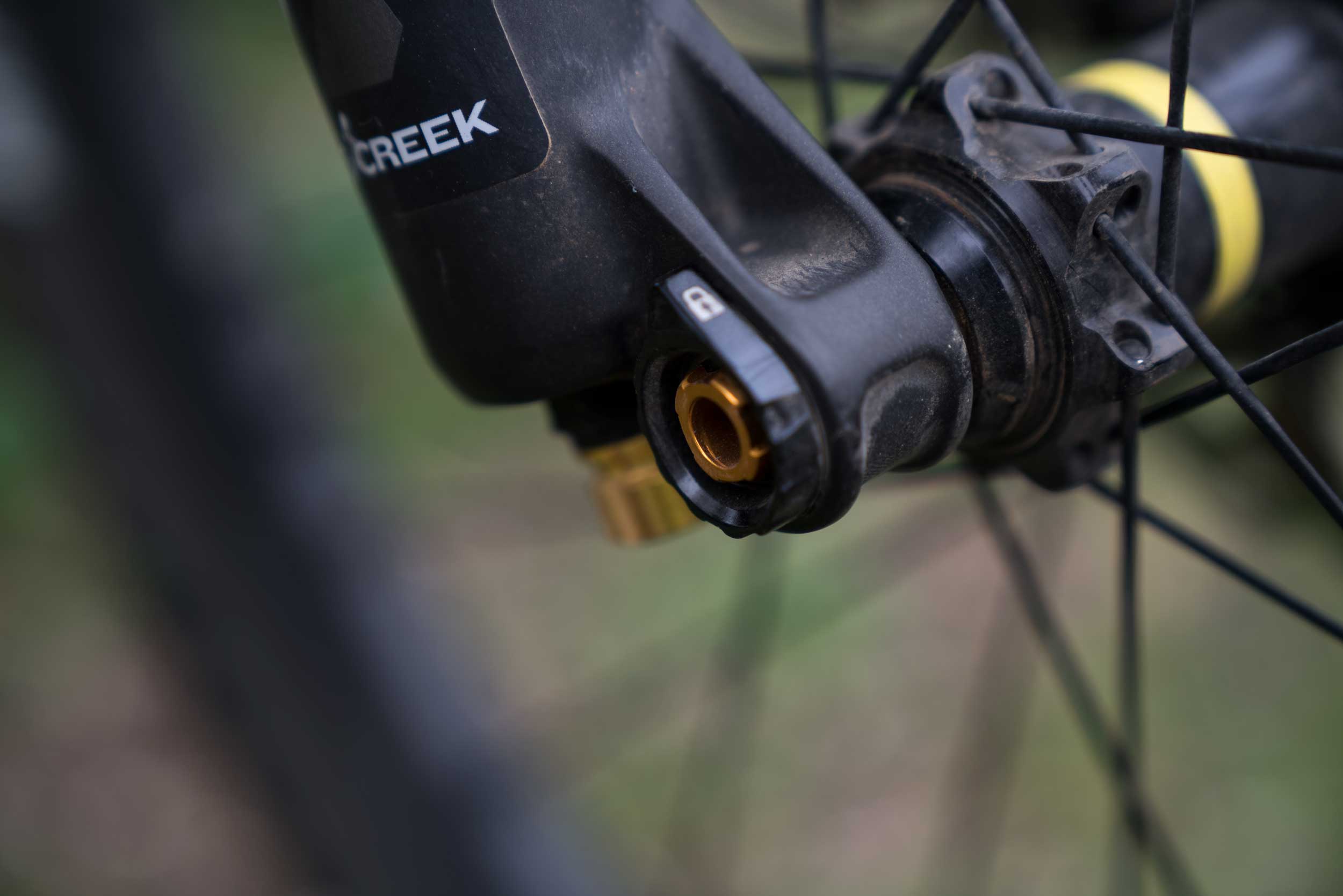
Sadly because of the rear shock’s damper design, a hex key needs to be used to tune the shock. While it isn’t a deal breaker, s finger adjustment would be preferred especially on a shock that requires and encourages fine-tuning. Cane Creek stated this is because the damper’s internal design requires too much force to have a hand adjustment knob. They hex key is required for extra leverage.
Of course I’m sure you’re wondering if Cane Creek is worth the switch from Fox or Rock Shox. These days it’s a game of inches, but if ultimate control over tuning is a priority for you, then Cane Creek starts to pull away from the pack. Their hands on approach to suspension set up means that their options will cater to the top end of the market, but their pricing is also reflective of that choice. The ability to fine tune damping, progressivity and even negative air spring pressures on the HELM makes it one of the most adjustable forks on the market. The 35mm chassis’ rigidity strikes a middle ground between the softer Rock Shox Pike or Fox 34, and the stiffer Fox 36.
The DBAir CS shock still holds it’s own against more recently updated competition from Fox and Rock Shox, and is one of the best options on the market for riders that like to tinker with individual circuits for high and low speed compression and rebound.
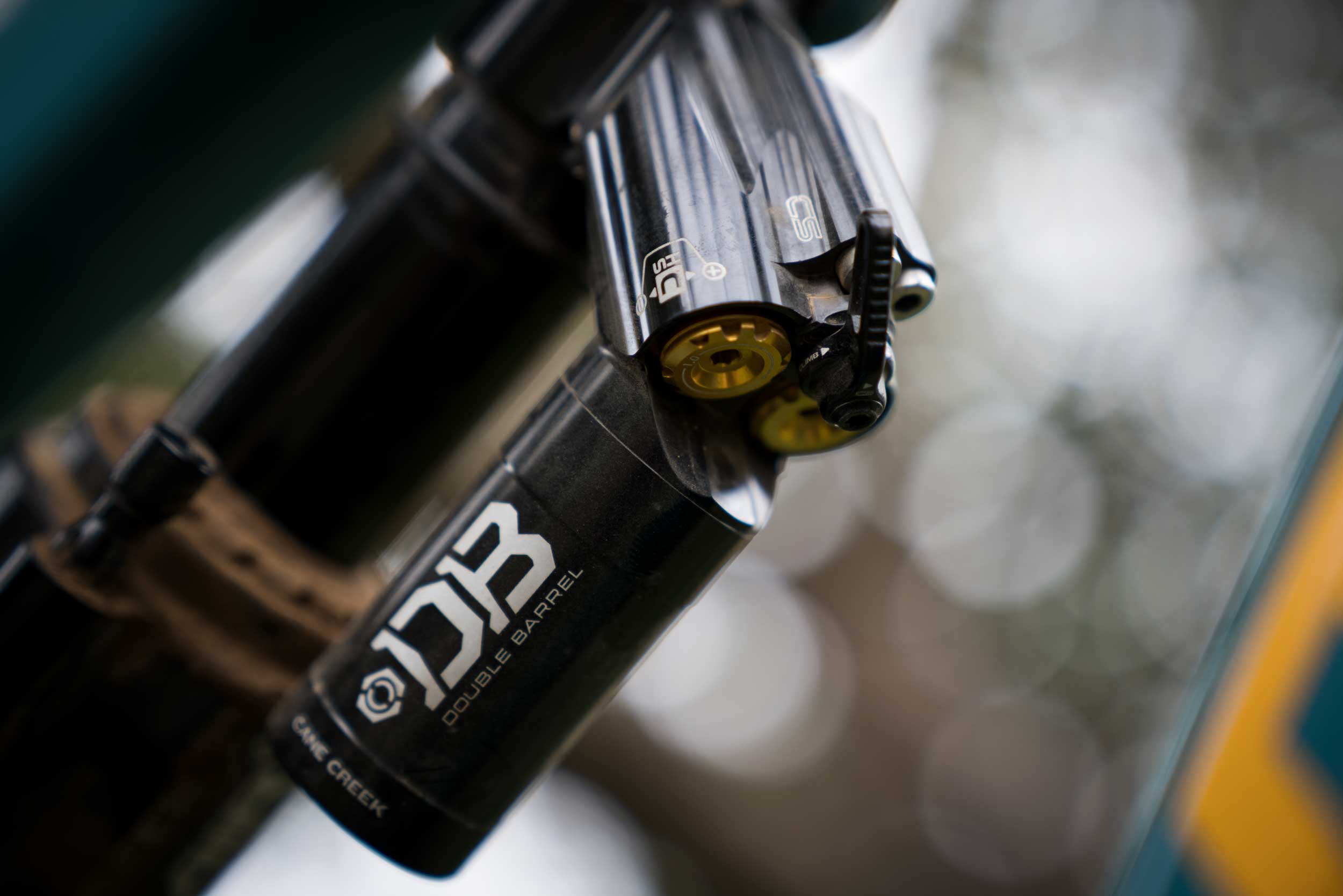
The Wolf’s Last Word
Although our Bronson was a solid performer in factory garb, a simple suspension upgrade took the bike to the next level. If you’re a rider looking to update or upgrade the suspension on your current steed, Cane Creek’s offerings are a tempting choice. During our six months of hard riding, our suspension received zero maintenance or care, yet has been completely reliable. For the discerning, high-end rider that likes to tinker with settings and dial in suspension to their exact preferences, it’s hard to beat Cane Creek’s tunability and customization.
High-end performance, top notch machining work and a whole lot of bang for your buck make Cane Creek a very tempting choice. One of the coolest parts though? Each fork is hand made here in the United States. Every damper is built and tested in house at Cane Creek’s North Carolina facility, and each fork is assembled by someone who is passionate about the MTB scene.
Price:
HELM Air 27.5 – $1,100
DBAir Cs Shock – $695
Website: canecreek.com
We Dig
Fine Tuning Ability
Easy Maintenance
Customer Support
Handmade
We Don’t
Hex Key for Shock Tuning
Leave A Comment & Win Free Schwag
Want to win some free schwag? Leave a comment and vote up the most thoughtful comments and each month we’ll pick a winner. The person with the smartest and most helpful replies will earn some sweet new gear. Join the Pack

